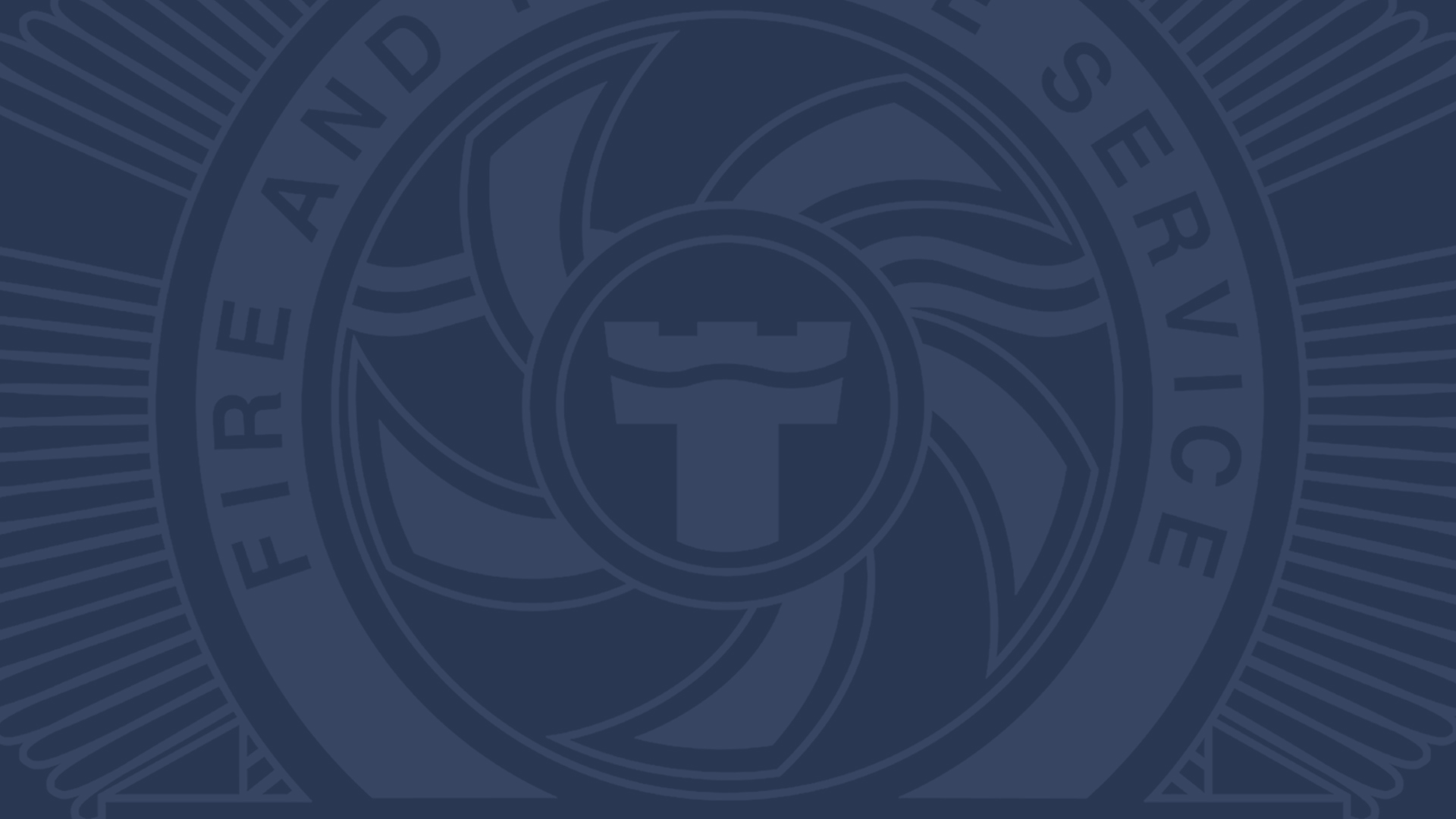At Tyne and Wear Fire and Rescue Service (TWFRS), we are committed to helping business owners and individuals meet their legal obligations for fire safety.
Our Fire Safety Team provide all the necessary legal instructions, documents, and requirements to support you and ensure that your building remains safe.
You can submit building safety information, including floor plans, building plans, external wall designs, and fault reports, using the buttons below.

Fire Safety Legislation
Licensing Act 2003
Under the Licensing Act 2003, Tyne and Wear Fire and Rescue Service comments on the following licence applications:
To establish whether the public safety licensing objective is being met (in relation to fire safety), your premises may be audited by our team before we notify the Authority of our decision.
The Regulatory Reform (Fire Safety) Order 2005
The Regulatory Reform (Fire Safety) Order 2005 applies across England and Wales and came into force in October 2006. It’s an employer’s responsibility to make sure that a workplace reaches the required standard of fire safety to comply with the legislation. Find our more on our Guidance for Businesses page.
Petroleum (Consolidation) Regulations 2014
The Petroleum (Consolidation) Regulations 2014 covers the safe storage and dispensing of petrol at both workplaces, such as petrol stations, and non-workplace locations, including private residences, clubs, associations, and similar organisations, where petrol is stored and dispensed into vehicles with internal combustion engines.
If you currently hold or intend to store petroleum, you will need to complete a Dangerous Substances and Explosive Atmospheres Regulations Risk Assessment. When planning any petrol forecourt work, you must notify us at least 28 days before the work begins and obtain free advice from our Petroleum Officer.
Petroleum Storage Certificate:
You will also be required to hold a Petroleum Storage Certificate. Fees and charges payable for granting storage certificates fall under the Health and Safety and Nuclear (Fees) Regulations 2022.
Certification Fees:
- Band A (Up to 2,500 litres): £48
- Band B (2,500 – 50,000 litres): £65
- Band C (Above 50,000 litres): £137
Environmental Enquiries:
Under the Environmental Information Regulations 2004, you can request information about potential underground petroleum storage at a specific address in Tyne and Wear.
Your report will include only the information we currently hold. As Tyne and Wear Fire and Rescue Service became the Petroleum Licensing Authority in 1976, we are unable to provide any information prior to that date. As a result, we cannot guarantee the accuracy or completeness of the data provided. Please note, the absence of records does not confirm that a site is free from underground petroleum storage. We do not hold information on other fuels or chemicals.
Environmental enquiries are exempt from the Freedom of Information Act 2000. A fee of £168.00 plus VAT applies per search.
Explosives (Fireworks) Regulations 2014
The Explosives Regulations 2014 apply to employers, private individuals, and those involved in manufacturing or storing explosives in large quantities.
If you intend to store or sell fireworks, you must read the Health and Safety Executive’s guidance and apply for a licence. Licences are only issued to those who meet all legal safety requirements. They may be refused or revoked if the applicant has committed any relevant offences.
With a valid storage licence, you can sell fireworks during these periods:
- Chinese New Year – the first day and the three days before
- Diwali – the first day and the three days before
- Bonfire Night – from 15 October to 10 November
- New Year – from 26 December to 31 December
When applying for or renewing a licence to store fireworks:
- A Fire Safety Inspector will carry out an inspection of your premises within 28 days of your request.
- If your premises meet the safety requirements, we’ll provide you with the application form to proceed.
To sell fireworks outside of these periods, you must apply for a separate annual sales licence. Contact your Local Authority Trading Standards for more details.
Fire Safety Act 2021
The Fire Safety Act 2021 came into force on 16th May 2022 and amends the Regulatory Reform (Fire Safety) Order 2005.
The Act clarifies that responsible persons (RPs) for buildings containing two or more domestic premises must manage and reduce the fire risk to the structure, external walls, cladding, balconies, windows, and entrance doors to individual flats that open onto common parts.
Fire Safety (England) Regulations 2022
The Fire Safety (England) Regulations 2022 were introduced to implement the recommendations from the Grenfell Tower Inquiry Phase 1 report. They came into force on 23rd January 2023 and apply only to England.
Since January 2023, responsible persons of high-rise buildings must provide critical information to fire and rescue services to support fire planning and emergency response.
These buildings are defined as those with at least two domestic premises, standing at least 18 metres tall or containing seven or more storeys.
Legal Responsibilities in High Rise Residential Buildings
1. Floor Plans
Responsible persons of high-rise residential buildings must share updated floor plans with Tyne and Wear Fire and Rescue Service. These plans help firefighters during an emergency and must be clear and easy to interpret.
What the Floor Plans Should Include:
- Locations of passenger lifts, firefighter lifts, and evacuation lifts.
- Inlets/outlets for dry-rising mains and wet-rising mains.
- Locations of smoke control systems and suppression systems.
For each floor, a plan should be prepared. If floors are identical, a single plan can be used, provided the floor numbers are clearly marked. However, Tyne and Wear Fire and Rescue Service recommends preparing separate plans for each floor to ensure individual flats are easily identifiable.
High-Rise Buildings
A high-rise residential building is defined as one with two or more sets of domestic premises, standing at least 18-metres tall or with a minimum of seven storeys.
For guidance on submitting the necessary information, please use the links provided below. In addition to the required submissions, any significant changes (e.g., evacuation strategy or rapid-fire growth of external wall elements) must also be reported. Please email this information to our Fire Safety Department for further discussion.
2. Building Plans
A single-page building plan must be submitted, showing the building and its immediate surroundings. This plan will assist firefighters in orienting themselves upon arrival.
Information to Include:
- The building’s surroundings.
- Access points for fire and rescue appliances.
- Dimensions and storey details, including basements (if applicable).
- Locations of fire safety systems, including sprinklers, smoke control systems, and firefighting shafts.
3. Storage of Hard Copies
Responsible persons must store printed copies of the plans in a secure information box within the building. The plans should be A3 in size, printed in colour for clarity, and laminated to ensure durability during an emergency. At least two copies should be provided to ensure the plans are available for both the incident commander and firefighters within the building.
Code of Practice for the Provision of Premises Information Boxes in Residential Buildings details additional guidance.
4. External Wall Design and Materials
Responsible persons must maintain a record of the design and materials of external walls, which must be shared with the fire and rescue service to assist with operational pre-planning.
This includes details on the materials used, any identified risks of fire spread to external walls, and the mitigation steps in place.
For more information on external walls, refer to the Fire Safety (England) Regulations 2022 – Regulation Five.
5. Reporting Faults and Repairs
Responsible persons must conduct monthly checks on critical fire safety equipment, such as lifts, evacuation systems, fire alarms, and suppression systems.
If a fault is identified and cannot be rectified within 24 hours, it must be reported to Tyne and Wear Fire and Rescue Service. Once the fault is fixed, the repair must also be reported.
If you require further support to Submit Building Safety Information, contact our Fire Safety Team.
For more guidance on your legal responsibilities, use the links below:

